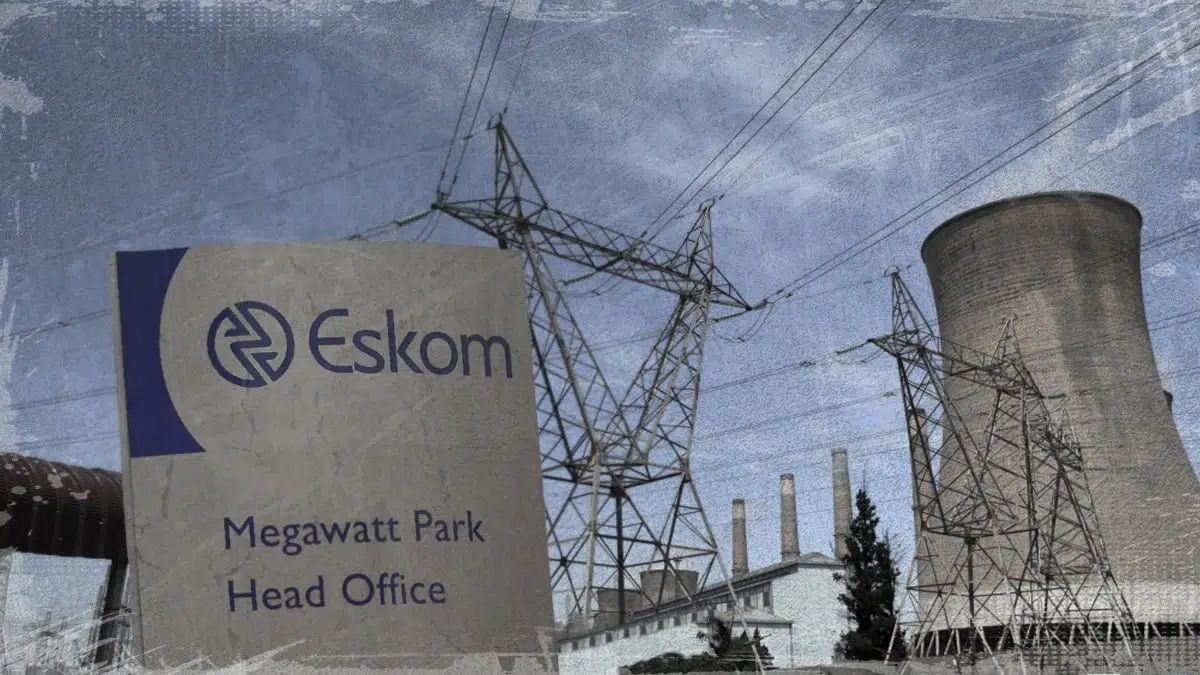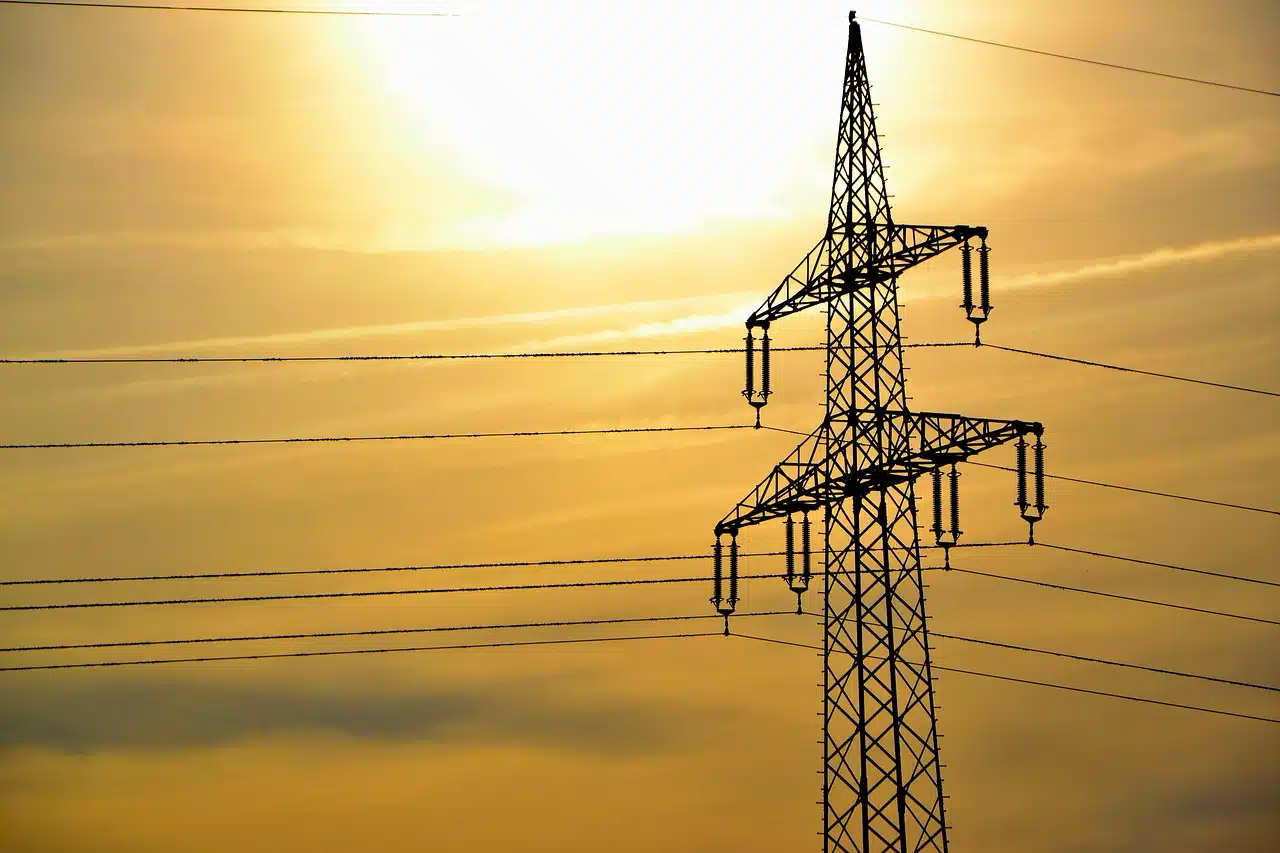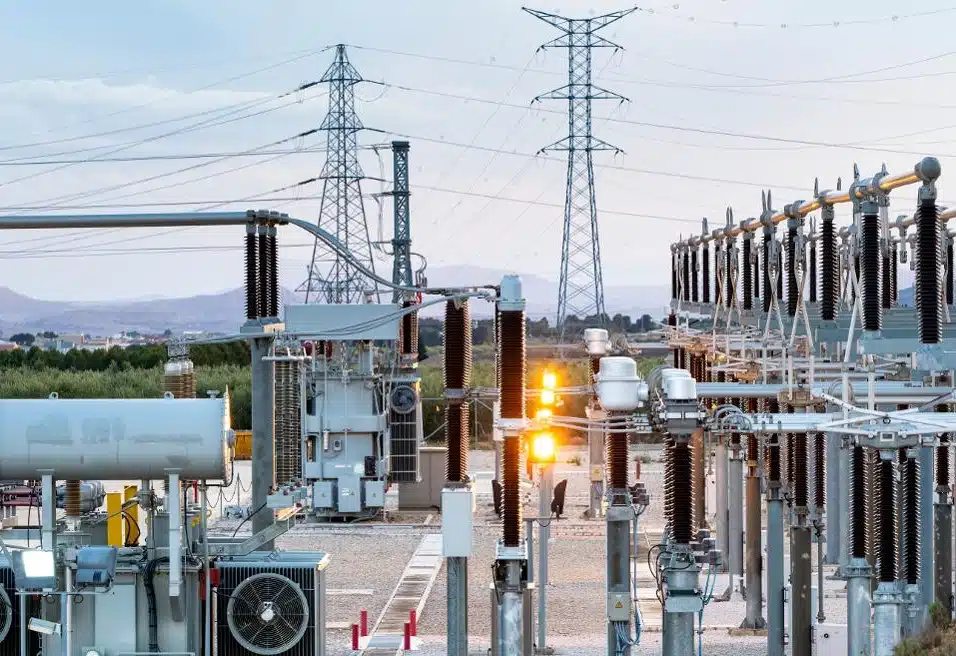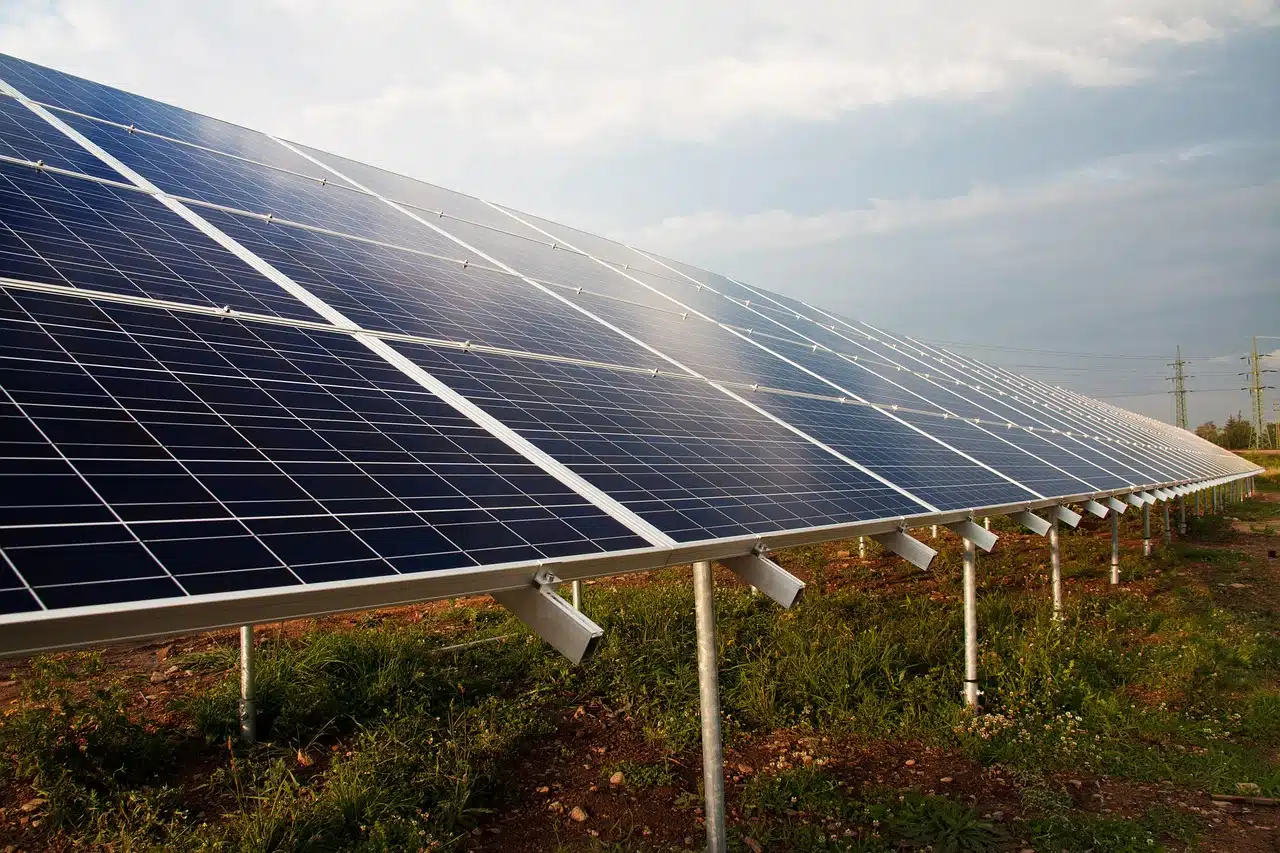In a decisive step to address its energy challenges and environmental commitments, South Africa has announced plans to boost up to 5,000 megawatts (MW) of renewable energy annually.
South Africa’s Cabinet approved the South African Renewable Energy Masterplan (SAREM) after a strategic meeting on March 26th, 2025.
The SAREM is aimed at enhancing energy security, driving industrial growth, and reducing its reliance on coal-fired power generation through the addition of 3 to 5 gigawatts (GW) of renewable energy capacity each year until 2030.
The focus will be on solar, wind, and battery storage to ensure a low-carbon, reliable, and affordable energy supply.
The government also promised to accommodate emerging technologies, such as green hydrogen and waste-to-energy solutions, in its future iterations.
SAREM sets to cancel existing energy challenges
South Africa has long struggled with an unreliable electricity supply, largely due to the aging infrastructure of its coal-dominated power sector, managed by state utility Eskom.
The frequent load-shedding has disrupted industries, households, and economic growth, prompting urgent calls for diversification.
The SAREM targets this challenge head-on by prioritizing solar, wind, and energy storage solutions. It will also reduce GHG emissions and attract green investment.
The SAREM is expected to fuel the already-growing South African renewable energy market.
According to the African Energy Chamber’s State of African Energy 2025 Outlook, South Africa, alongside Egypt, is expected to continue leading Africa’s power generation in 2025.
The masterplan is anchored on four primary areas.
First, it aims to support local demand for renewable energy and storage by unlocking system readiness.
Second, it seeks to drive industrial development by building renewable energy and battery storage value chains.
Third, it focuses on fostering inclusive development by transforming the industry.
“The South African Renewable Energy Master Plan is not just a blueprint for green industrialisation; it is a pathway to a more sustainable and equitable future for all South Africans,” said the country’s Minister of Electricity and Energy, Kgosientsho Ramokgopa.
The approved capacity range of 3 to 5 GW reflects a flexible yet ambitious approach. 5 GW equates to roughly 10% of South Africa’s current installed capacity of approximately 52 GW, leading to decarbonization.
For context, 5 GW of solar power could power over 1.5 million households annually, assuming typical regional consumption patterns and efficiency metrics.










